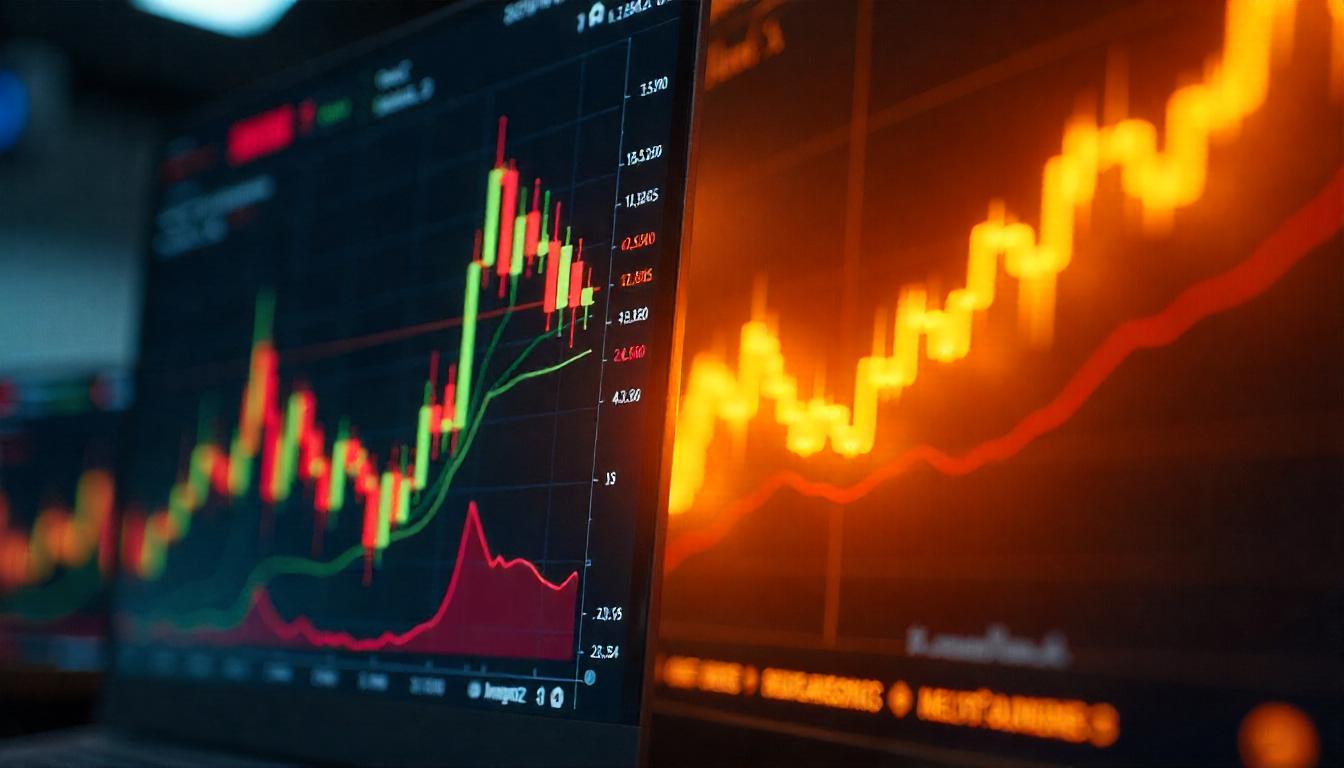Arthur Hayes Sells HYPE for Ferrari as Maelstrom Flags $12B Token Unlock Risk – 22/9/2025
Arthur Hayes, co-founder of BitMEX and now chief investment officer of crypto fund Maelstrom, has sold a large portion of his Hyperliquid (HYPE) tokens just weeks after projecting the asset could deliver a 126x return by 2028.
Blockchain data from Lookonchain showed Hayes offloaded 96,628 HYPE — worth about $5.1 million — netting a $823,000 profit, or 19%, in a month. Hayes confirmed the move on X with characteristic humor, writing: “Need to pay my deposit on the new Rari 849 Testarossa.” The remark sparked backlash from traders who accused him of hyping the token before cashing out.
On Monday, Hayes defended the sale, linking it to concerns flagged by his firm. “This is why we dumped $HYPE today. But don’t worry 126x is still possible — 2028 is a long way off,” he posted.
Earlier, Maelstrom issued a warning about upcoming HYPE supply releases, calling them the project’s “first true test.” Beginning Nov. 29, 237.8 million tokens will vest over two years, translating to nearly $500 million in monthly supply. At current prices near $50, that equates to $11.9 billion entering circulation.
The firm estimated Hyperliquid’s buyback program could only offset 17% of the influx, leaving a potential $410 million monthly overhang. Maelstrom cautioned that early developers and insiders may be tempted to sell into the unlocks, and that even large deals — like Sonnet’s $583 million HYPE raise — won’t absorb the pressure.
The sober assessment contrasted with Hayes’s August blog post, which dubbed Hyperliquid a “decentralized Binance” and projected 126-fold gains if the protocol captured market share on par with Binance in a $10 trillion stablecoin economy.
Despite trimming his holdings, Hayes reiterated his bullish long-term outlook, framing the unlock as a challenge rather than a fatal blow. “2028 is a long way off,” he wrote.
Hyperliquid has rapidly grown into a leader in decentralized perpetual futures, with HYPE serving core roles in governance, staking, and fee distribution. Whether the market can digest nearly $12 billion in new supply may prove decisive for Hayes’s forecast.





